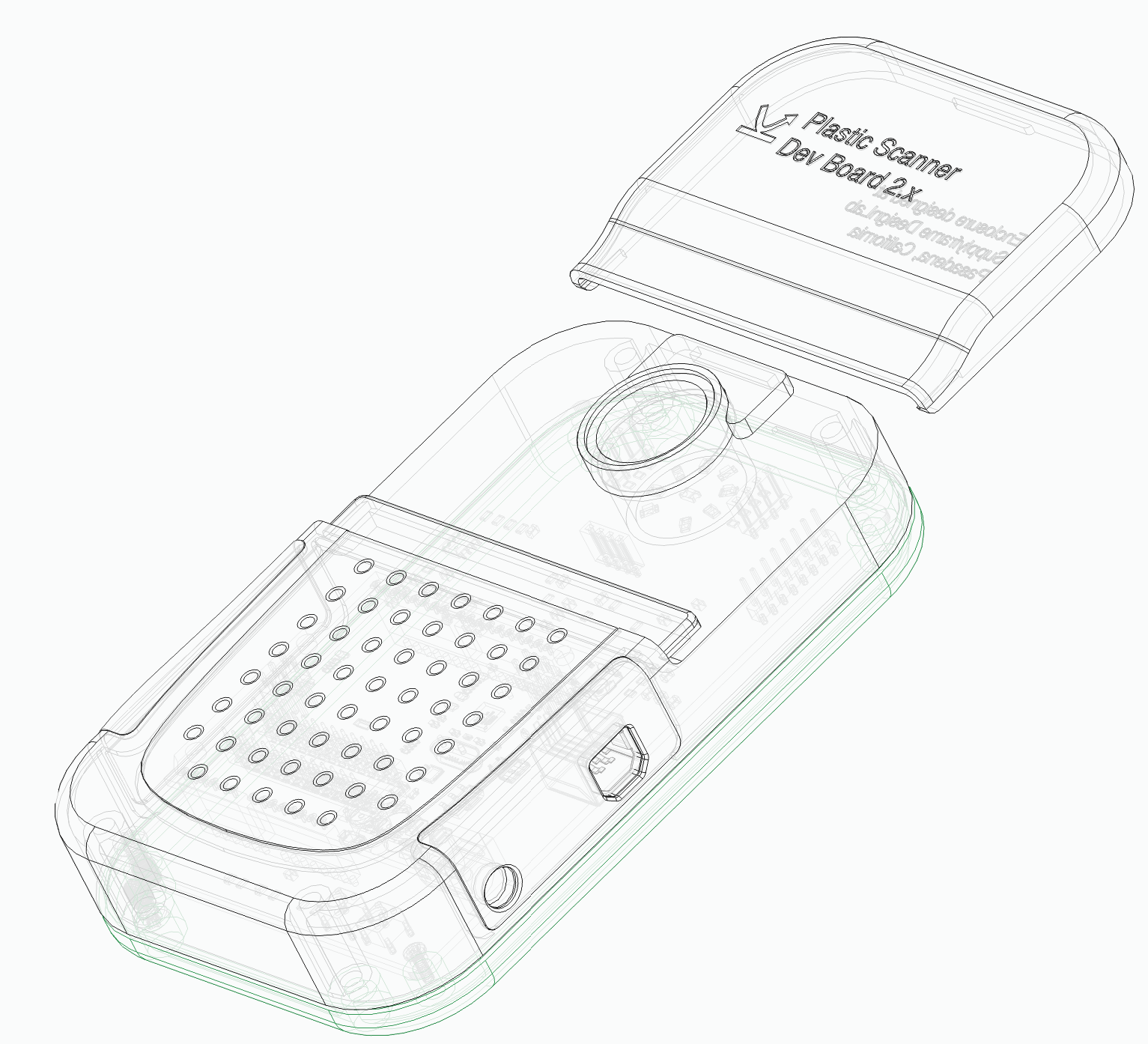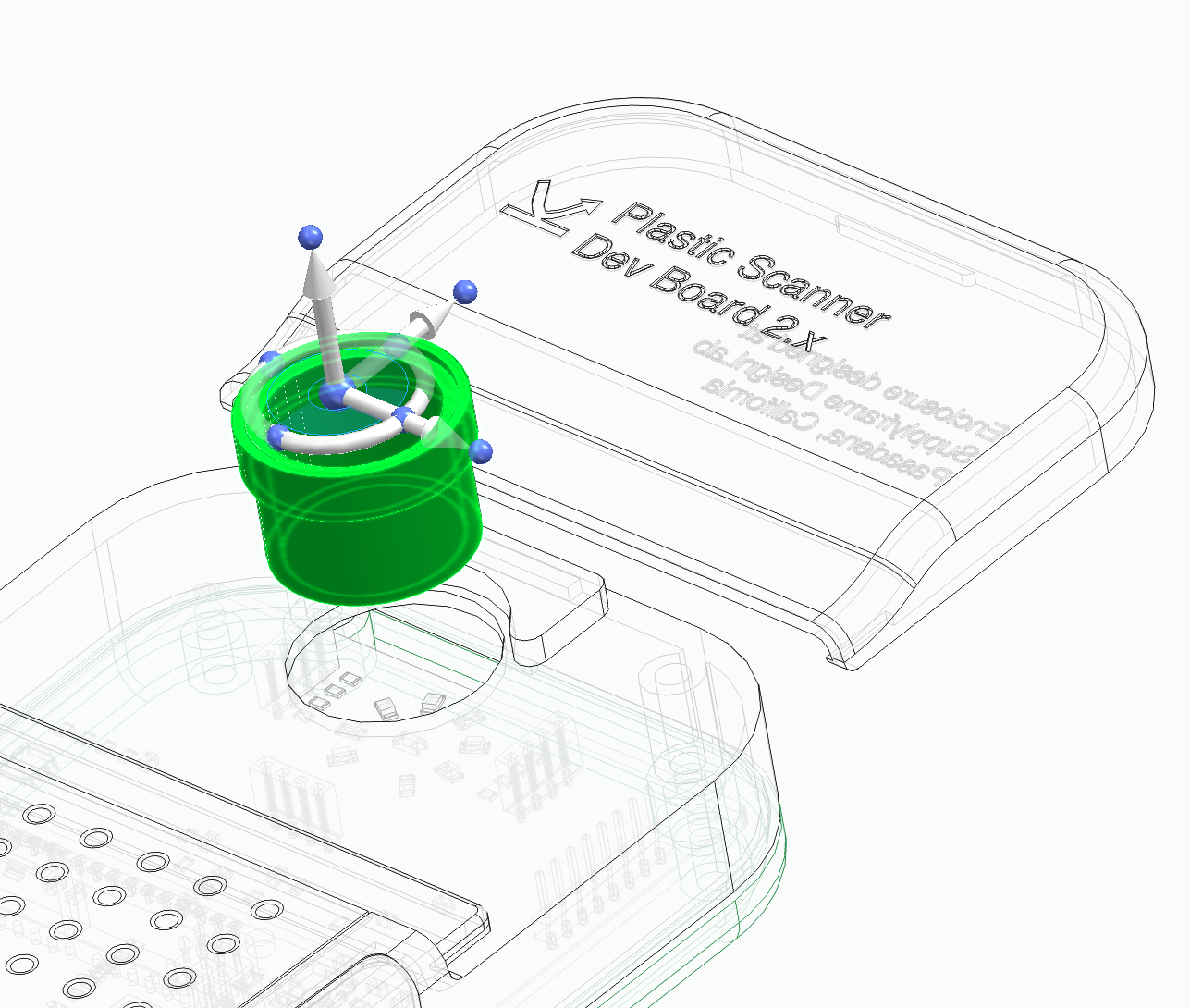The LED's on top of the unit may look like common LED's, but they were carefully selected to provide readings through discrete near-infrared (NIR) spectroscopy. I'll let Jerry and the team explain it.
The important thing is that you want to protect those precious LED's from scratches, splatter, hits, dust, etc. So here is a sliding cover to prevent any of that.

The cylinder that connects the LED array to the surface needs to be consistent in material and inner diameter. There is enough material to decrease or increase the diameter, and even the height. Once this part is fully calibrated, it can be easily glued to the top part of the enclosure

 Giovanni
Giovanni
Discussions
Become a Hackaday.io Member
Create an account to leave a comment. Already have an account? Log In.